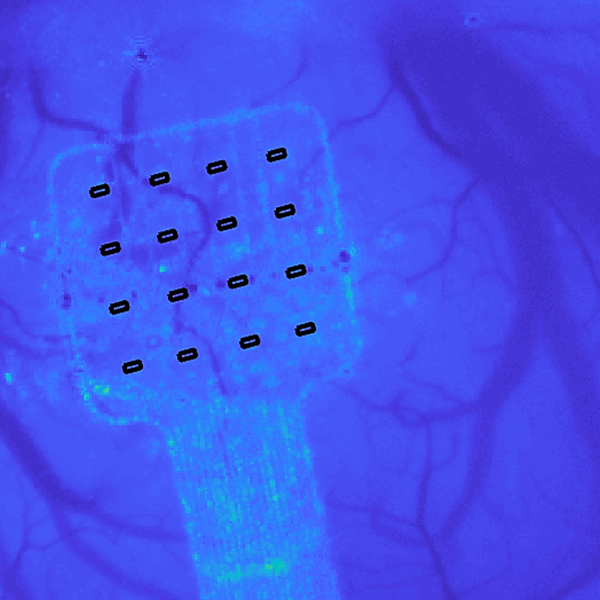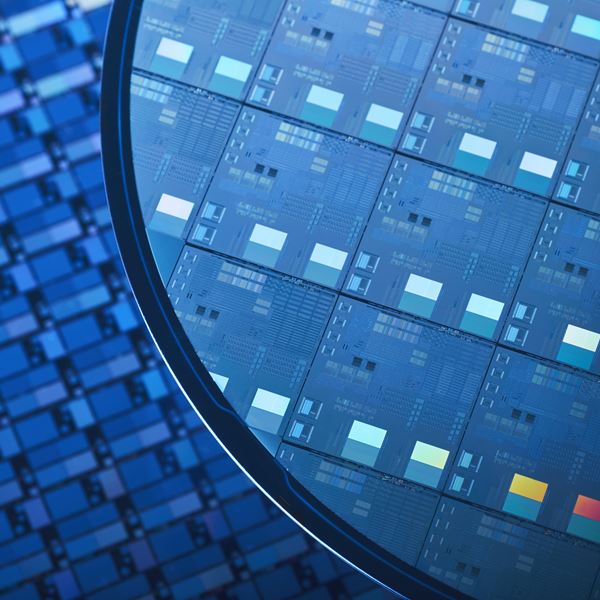Sensors

Graphene for sensors
Graphene’s large surface area, high electrical conductivity, unique optical properties and high thermal conductivity make it ideal for sensors. Ultra-sensitive graphene-based sensors can also be smaller, lighter and less expensive than traditional sensors. Graphene sensors can be used in a variety of different ways; from chemical based gas, pH and environment contamination sensors, through to pressure and strain sensors.
The biological compatibility of graphene also sees it being used in biological sensors capable of sensing molecules such as DNA and many different analytes, like glucose, glutamate, cholesterol, haemoglobin. Graphene sensors might enhance our lives, from the creation of smart food packaging that can monitor suitability of food for human consumption, through to wearable sensors that can monitor health in real time.
Graphene for IOT and sensors
See what graphene can do for IoT and sensors! Highlights from the Graphene Flagship exhibition at Mobile World Congress 2017 includes solutions showing how graphene can be used to enable a higher level of connectivity, ranging from smart homes and self-driving cars to monitoring dangerous chemicals.
The latest on sensors
2D Pilot Line launches fourth multi-project wafer run

MUNASET Publication: Emergence of graphene-based biosensors for depression treatment
Recent research on various biomarkers for major depressive disorder (MDD) provide an opportunity to develop biosensors that can overcome the challenges faced by conventional diagnostic tools, MUNASET researchers say.

MUNASET publishes a perspective piece on graphene-based biosensors and their use in the prediction of depression
Emergence of graphene-based biosensors for improved treatment response prediction in major depressive disorder: a perspective.

Graphene Flagship spin-off INBRAIN Raises $50 Million for Brain Device
INBRAIN Neuroelectronics SL, has raised $50 million to develop its graphene-based neural technologies.

2D-EPL OFFERS A NEW EXPERIMENTAL MPW FROM GRAPHENEA SEMICONDUCTOR
Multi project wafer (MPW) runs are a common practice within the semiconductor ecosystem. Universities, R&D centres and start ups, which usually only need a few prototypes and operate with tight budgets, take advantage of this service to obtain devices at an affordable entry point. This is carried out with a mask sharing scheme, where devices with different geometries but shared device architecture are manufactured within the same mask; in this way, everyone gets a few devices but no one needs to purchase more devices than necessary. Now, Graphenea partners with the 2D Experimental Pilot Line (2D-EPL) to offer an MPW run with a novel process flow.

Spotlight: Exploring the potential of graphene-enhanced electrochemical biosensors with Chiara Zanardi
The journey from electrocatalysis to innovative sensors

